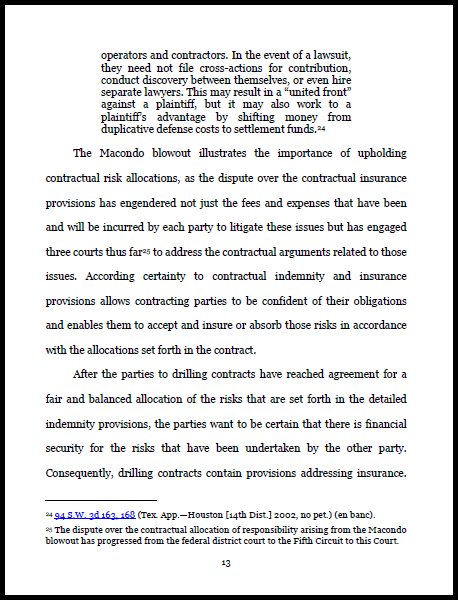If the Judge Will Be Reading My Brief on a Screen, Where Should I Place My Citations? by Peter W. Martin.
From the post:
In a prior post I explored how the transformation of case law to linked electronic data undercut Brian Garner’s longstanding argument that judges should place their citations in footnotes. As that post promised, I’ll now turn to Garner’s position as it applies to writing that lawyers prepare for judicial readers.
Implicitly, Garner’s position assumes a printed page, with footnote calls embedded in the text and the related notes placed at the bottom. In print that entirety is visible at once. The eyes must move, but both call and footnote remain within a single field of vision. Secondly, when the citation sits inert on a printed page and the cited source is online, the decision to inspect that source and when to do so is inevitably influenced by the significant discontinuity that transaction will entail. In print, citation placement contributes little to that discontinuity. The situation is altered – significantly, it seems to me – when a brief or memorandum is submitted electronically and will most likely be read from a screen. In 2014 that is the case with a great deal of litigation.
This is NOT a discussion of interest only to lawyers and judges.
While Peter has framed the issue in terms of contrasting styles of citation, as he also points out, there is a question of “discontinuity” and I would argue comprehension for the reader in these styles.
At first blush, being a regular hypertext maven you may think that inline citations are “the way to go,” on this citation issue.
To some degree I would agree with you but leaving the current display to consult a citation or other material that could appear in a footnote, introduces another form of discontinuity.
You are no longer reading a brief prepared by someone familiar with the law and facts at hand but someone who is relying on different facts and perhaps even a different legal context for their statements.
If you are a regular reader of hypertexts, try writing down the opinion of one author on a note card, follow a hyperlink in that post to another resource, record the second author’s opinion on the same subject on a second note card and then follow a link from the second resource to a third and repeat the note card opinion recording. Set all three cards aside, with no marks to associate them with a particular author.
After two (2) days return to the cards and see if you can distinguish the card you made for the first author from the next two.
Yes, after a very short while you are unable to identify the exact source of information that you were trying to remember. Now imagine that in a legal context where facts and/or law are in dispute. Exactly how much “other” content do you want to display with your inline reference?
The same issue comes up for topic map interfaces. Do you really want to display all the information on a subject or do you want to present the user with a quick overview and enable them to choose greater depth?
Personally I would use citations with pop-ups that contain a summary of the cited authority, with a link to the fuller resource. So a judge could quickly confirm their understanding of a case without waiting for resources to load, etc.
But in any event, how much visual or cognitive discontinuity your interface is inflicting on users is an important issue.
